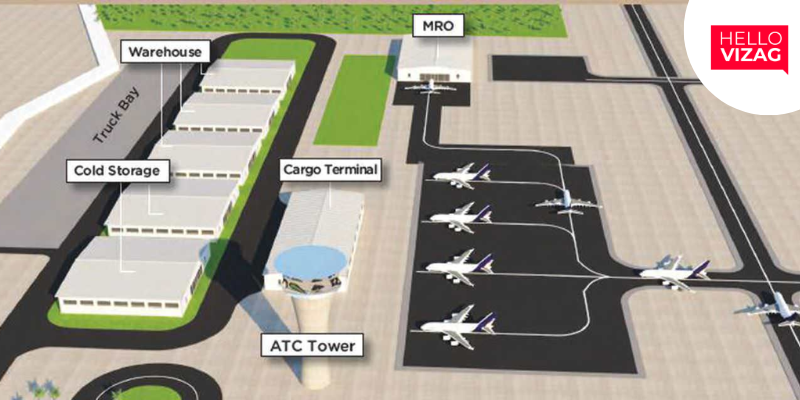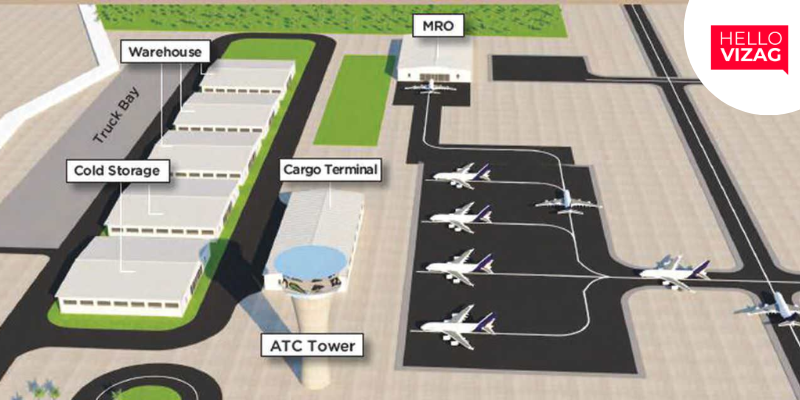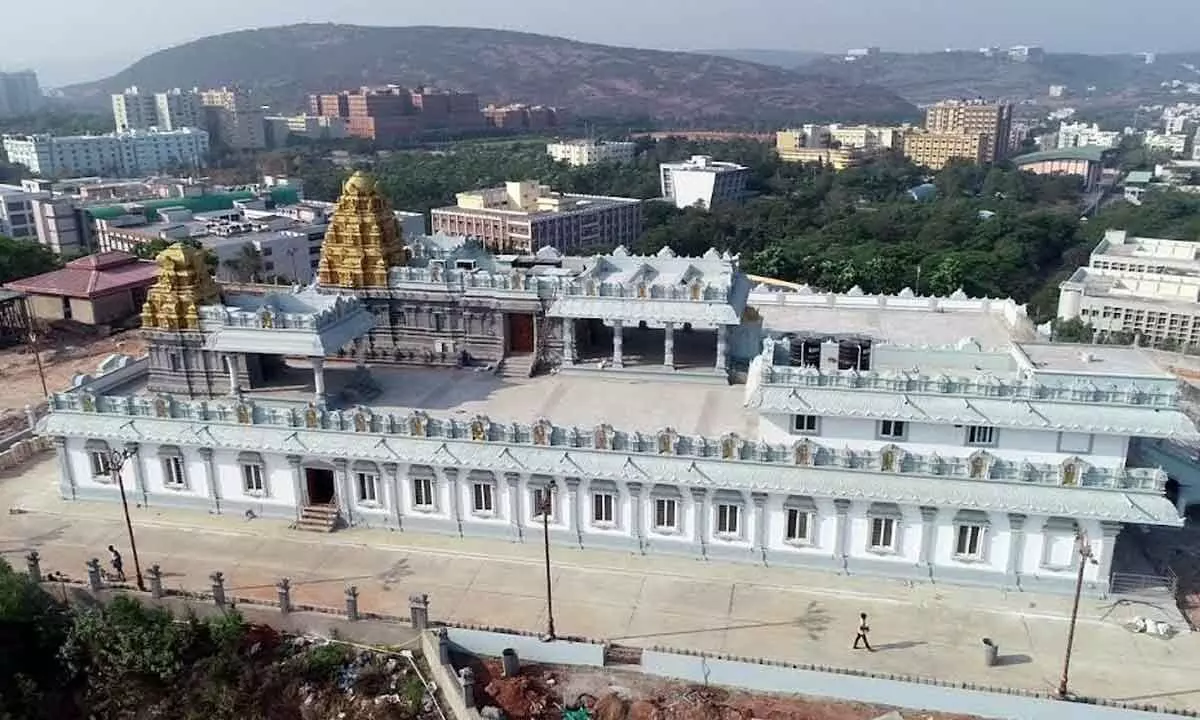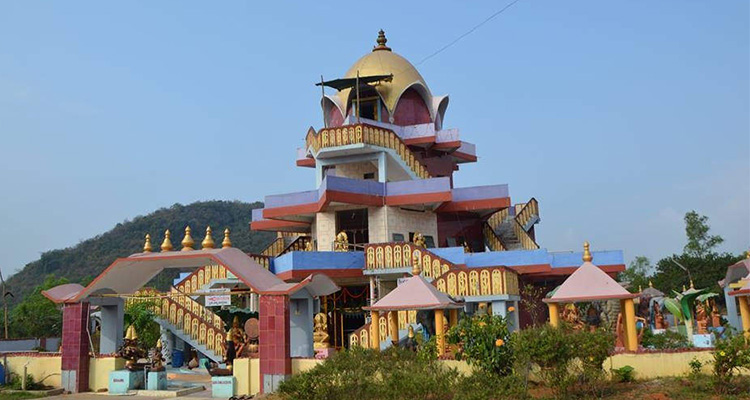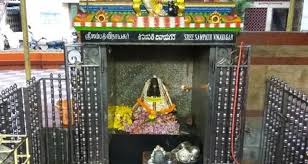India Achieves a Milestone with the Inauguration of Rare Earth Permanent Magnet Plant in Visakhapatnam
On National Technology Day, India marked a significant milestone with PM Modi virtually inaugurating the Rare Earth Permanent Magnet Plant (REPM) in Visakhapatnam. The Indian Rare Earth Limited (IREL) invested a total of Rs 197 crore in the construction of the plant at the Baba Atomic Research Center (BARC). The REPM facility, located in Visakhapatnam, started its construction in 2021.
The plant is expected to produce up to 3,000 kg of rare earth magnets annually. These magnets play a crucial role in a range of industries, including microelectronics, wind turbines, electric vehicles, telecommunications, and fighter aircraft. With the establishment of indigenous production capabilities for these rare magnets, India not only strengthens its defence capabilities but also reduces its dependence on imports. The use of rare earth magnets in various sectors, including electric vehicles and wind turbines, will contribute to India's economic growth.
Rare earth magnets are made from elements such as neodymium, samarium, cobalt, boron, and iron and are utilized in various advanced technologies, including missiles and weaponry. By manufacturing these magnets domestically, India takes a momentous step forward as part of the Make-in-India. The establishment of this plant will reduce the country's dependence on imports, and India can establish itself as a prominent exporter in the international market, taking advantage of the global demand for rare magnets.
India's dependence on imports for rare earth magnets has been a significant concern for the country's defence sector and industries such as electric vehicles and microelectronics. However, with the inauguration of the REPM plant, India has taken a significant step towards becoming self-reliant in this critical area. The establishment of the plant in Visakhapatnam will provide a boost to the country's defence capabilities, and the domestic production of rare earth magnets will reduce the country's dependence on imports.
Furthermore, the plant's production capacity of 3,000 kg per year will meet the growing demand for rare earth magnets in various sectors, such as telecommunications and wind turbines. The plant's establishment will also generate employment opportunities in the region and contribute to the country's economic growth.

 Praveena M
Praveena M













